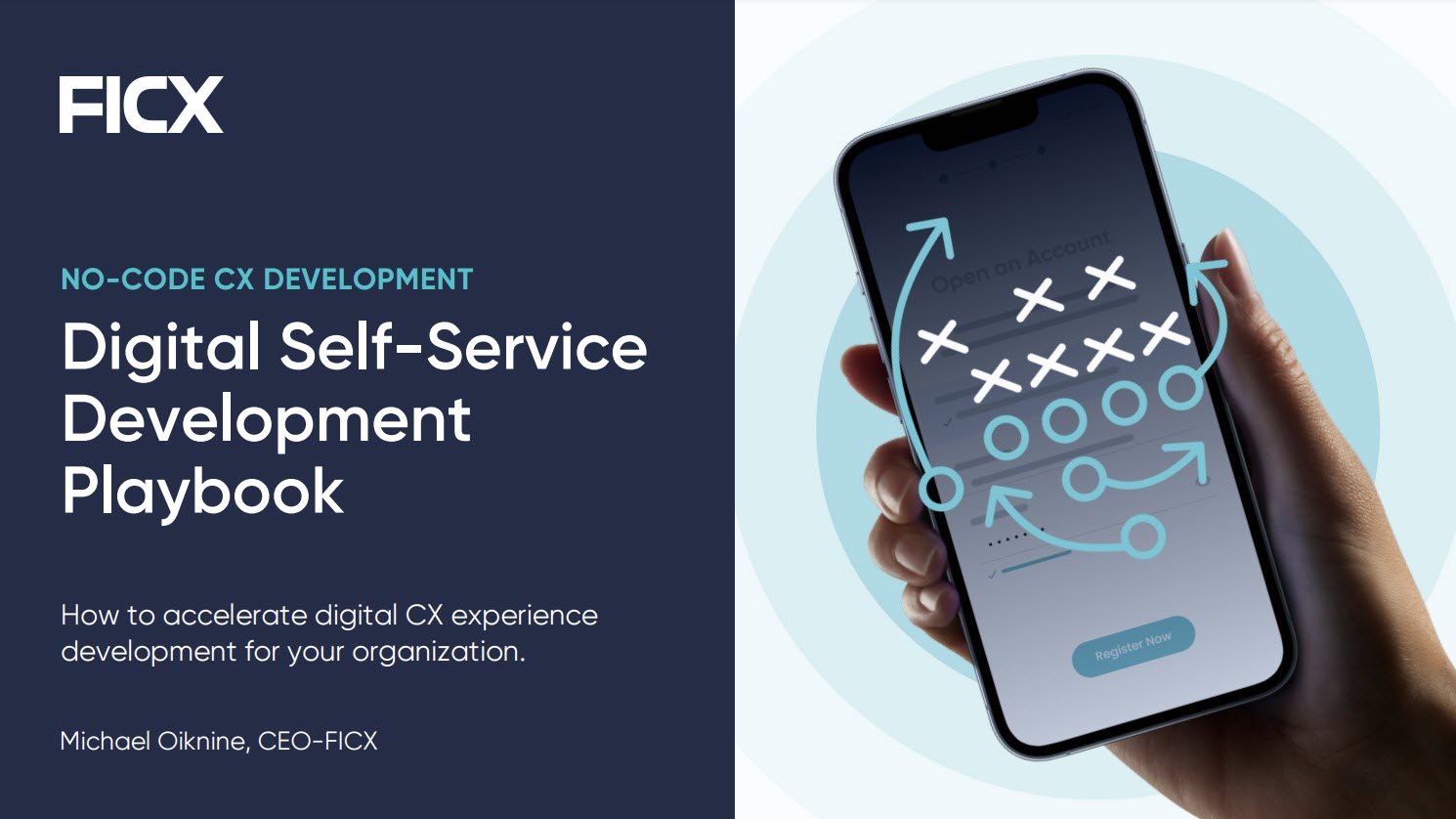Many companies are creating comprehensive digital self-service CX plans to enhance overall customer experience and lower support costs. These plans often include a customer portal to encourage self-service issue resolution. Customer portals are a valuable part of an omnichannel self-service strategy. This post summarizes how customer portals are designed and delivered.
About Customer Portals
A customer portal centralizes all of the self-service customer support experiences available from a company so customers can access them more easily. It provides always-on support tools and resources so your customers can solve their issues without agent collaboration.. A typical customer portal offers multiple forms of information and support to help customers resolve problems using an approach they will find most appealing.
Common Content Types
Many customer portals feature purpose-built micro-apps that enable people to perform specific support tasks. Digital self-service micro-apps meet a single customer need, like checking account balances or paying a bill. A customer portal provides easy access to these micro-apps so customers can resolve issues independently. Micro-apps simplify tasks to their barest essence to streamline resolution and minimize confusion.
Other common content types for customer portals are FAQs and Knowledge Bases. These resources offer articles and videos that outline how to perform key tasks and resolve common customer concerns. Quality knowledge bases contain a robust search function so that customers can quickly reach the content that will help with their concerns.
Chatbots are an additional content type for a customer portal. A chatbot enables customers to submit questions and needs in text form, as if chatting with an agent. Chatbots use AI and natural language processing (NLP) to analyze customer statements and deliver appropriate content and links in reply to the customer requests.
Building or Buying a Customer Portal
Various companies offer prepackaged solutions for developing and deploying a customer portal. These can make implementation more straightforward, but you must keep a few issues in mind.
Many customer portal products are built by point solution companies whose interest is in having you make the portal the primary/only focus of your digital self-service strategy. Remember that many customers today expect to be able to access self-service in whatever channel or device they choose. A portal requires the user to navigate to its page(s) – something that many customers won’t be willing to do. They’ll just pick up their phone and dial for expensive live agent support.
We need to consider customer portals as one element of a comprehensive “go-to-market” strategy. You will severely limit digital self-service adoption without a broader strategy emphasizing anywhere access. After all, low digital adoption rates mean high service costs, limited customer satisfaction, and increased churn.
Device Access
Many companies have developed their portals assuming that customers will access them through a PC or tablet-type device. The larger screen size and ease of data entry make portals easier to architect. The challenge is that — both globally and in the US — most connected time is on a mobile device. According to Statista, 59% of total 2022 Internet usage is via smartphone.
Optimizing for access across any device is the only sensible choice for CX leaders. As with all web content, ensuring that any experience you build can deliver a good user experience on the small screen is critical. If there are simply too many options to present effectively on a smartphone, it will be critical to offer alternative methods of access to any digital self-service experiences you offer.
Integrating a Customer Portal with Your Overall CX Strategy
For maximum adoption, CX leaders must ensure that they make accessing and using digital self-service experiences as quick and easy as possible. Customer portals make accessing digital self-service experiences easier than if these applications were scattered across a website. However, they still assume that the customer is willing to seek them out.
While some customers may quickly adopt a customer portal as their first place to seek assistance, others will expect your company to give them access to these experiences in whatever channel or location from which they choose to interact. It is essential to take the experiences to these customers rather than expecting them to navigate to them.
One of the reasons why digital self-service micro-apps are growing so popular is that they combine consumer appeal with omnichannel interoperability. Most micro-apps are accessed by clicking or tapping a link. These links can be delivered in virtually any digital environment: on websites and portals, in mobile applications, in IVR, on-premise, and via text messages sent in chat, chatbot, and during live agent calls.
Get More Information
Building a customer portal can be a valuable component of any robust digital self-service strategy. If you want more information about Callvu, customer portals, and the best practices for creating one, visit the Callvu webpage on customer portals, or explore any other content Callvu offers on the topic in the links below.




